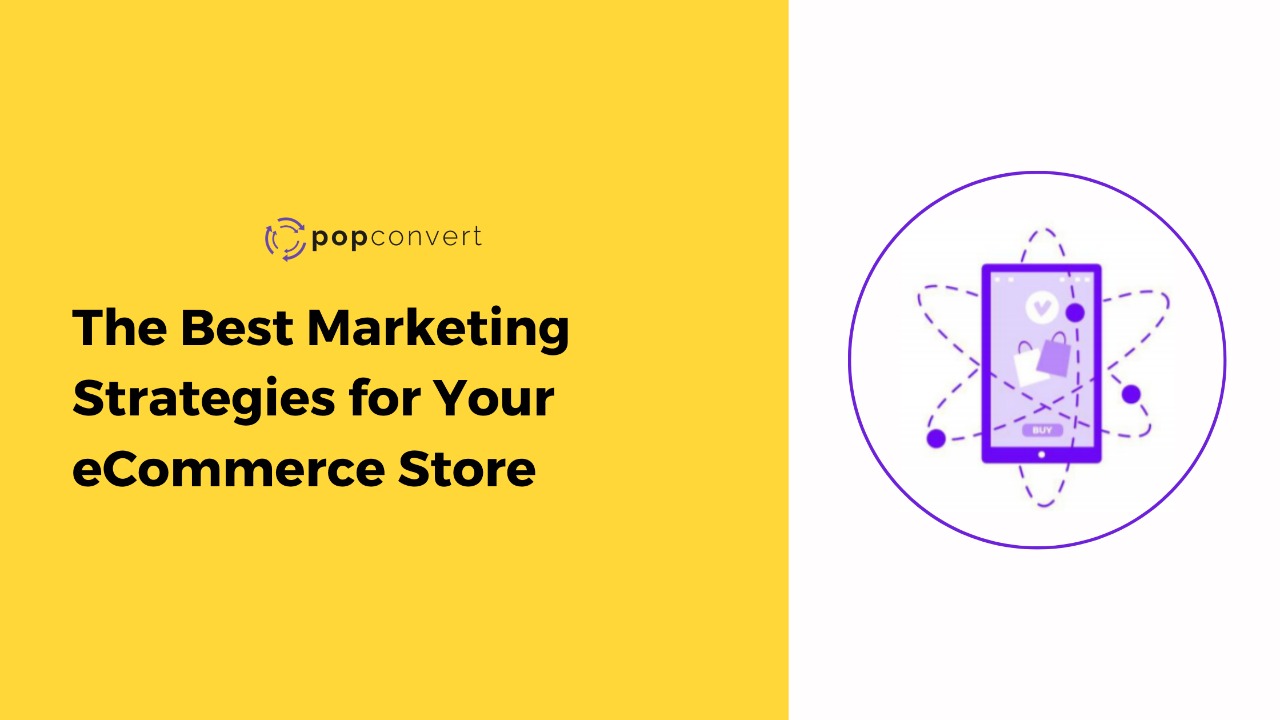
The internet is increasingly present in people’s lives, and, today it has different functions in our routine. We use the internet to get informed, to study, to interact with friends and family, and also to buy things on an eCommerce store.
In the same direction, more and more companies are concerned about having good online performance. They saw how important it is to create websites, rich content, pages on social media and offers to stand out from the crowd. All those things increase its number of customers and, consequently, their sales.
Ecommerce store stands for online sales made by a company through its own virtual platform. A brief survey is enough to note that there are countless ecommerce stores in several areas of activity. That’s because companies have found on the internet a fertile soil to attract more customers and grow their business.
Currently, there is a variety of them in every market segment. Faced with such a diverse and competitive scenario, it is difficult to stand out when it comes to attracting the interest of your target audience.
We know that a successful eCommerce store that attracts more people can achieve higher conversion rates. And increased conversion means increased sales.
Unlike a physical store, an e-commerce store does not have a salesperson to encourage the customer to make the purchase. The entire process is done by marketing, by the website design, and based on strategies and tools that make that business attractive to the customers, engaging them and maintaining their interest until the moment of purchase.
With that in mind, some strategies can help you to grow your ecommerce store and make it a high-income business. Let’s see some of them.
1. Customer segmentation
To create assertive strategies with greater results one of the best techniques is customer segmentation.
Customer segmentation is the act of grouping together customers based on specific characteristics, such as age group, location, lifestyle, climate, purchasing pattern, etc. Doing this will help you to choose the best marketing strategy for your business.
Customer segmentation is one of the most successful strategies to use if you want to understand your target audience. And actually, stores that offer a wide variety of products often use it.
To establish successful sales practices, it is important to know your target audience, to segment them based on common characteristics, from geographic patterns to lifestyle patterns.
It will increase your chances of obtaining a positive result when offering services and products. By using this type of segmentation you can create personalized emails for customers who have shown some interest in a specific product. You also will be able to assertively target offers, services, and content.
CLICK HERE AND CHECK OUT THE ARTICLE: Why You Should Never Buy an Email List?
2. Apply SEO on your eCommerce Store Content
When someone searches for a product or content on the web, the results of the top positions usually are clicked first and get more attention.
SEO stands for Search Engine Optimization. It is the set of techniques to optimize websites, blogs, and website pages, aiming at a better organically ranking in search engines.
SEO makes the organic traffic on the website page increase.
In order to improve the performance of your website and to get a better position on search websites, it is important to apply SEO techniques on your site, social media, and blogs. That is because SEO takes you to where the user looks.
The better ranked a page is, the greater the chances of it being accessed first by the user. An article published by the Moz magazine shows that more than 60% of people only look at the first three links they find when doing any search.
In other words, a better position on search sites gives your website and social media more traffic.
3. Use Content Marketing in your Ecommerce Store
Generating interest is the first step to take if you want to lead a potential customer to make the purchase. Content Marketing is an important strategy when it comes to making your e-commerce business stand out in the market.
If you want people to get interested in your business, you must create related content to what you have to offer. By creating blogs and posts on social media, you can draw the general audience’s attention that seeks to learn about issues related to the product you sell on your website.
By doing that you will attract a more specific audience’s attention, usually the people who have maintained an interest in the more general content you have offered.
For this more specific audience, it is necessary to create good quality content such as ebooks, articles on blogs, content on social media, videos, articles, and more.
When offering this content, you can collect people’s email addresses. So, in exchange for an ebook download, for example, your target audience would need to provide their name and email address.
Using targeted content enhances the chances of arousing people’s desire for a product that your ecommerce business offers and increases the chances that the customer will access your online store and make the purchase.
To do this, you need to understand who is the person you want to attract. By asking specific questions to build a profile of your ideal customer you will be capable of better targeting your marketing strategies, and create content that is relevant and instigates the customer to make a purchase.
4. Remarketing
Everyone has already accessed an online store, put something in the shopping cart, and, for some reason, has not completed the purchase. Or entered a virtual store and just saw some products, however, decided not to buy.
Remarketing is trying to win back a person who gave up on the purchase and make that person return and close the deal.
With a Google Ads tool, you can know who these people are and target ads, for example, with product offers related to those that the person was interested in.
Remarketing aims to increase the conversion rate. If a person didn’t buy at first, instigating interest and offering better conditions or related products, it may increase the chances of this person considering buying the product of your store.
CLICK HERE AND CHECK OUT THE ARTICLE: How to Stop Wasting Website Traffic?
5. Email Marketing
Email marketing is a very important tool while working with potential customers, leads, or creating loyal customers. Basically, email marketing stands for sending emails for a segmented audience.
It is possible to get leads and customers’ email addresses by offering content, discount coupons, and vouchers. With this information, you can lead these people to make their first purchase or return to your business to buy again.
As we mentioned above, segmenting your customers is vital to target assertive strategies. Creating content is important to arouse the interest of your target audience. By offering, for example, rich content or coupons you will be able to get those people’s contact information.
It is through email marketing that it is possible to combine these two very important strategies, to get closer to your customers and convert leads into new customers.
Having a segmented mailing list is important because it creates a better and closer relationship with your current and future customers.
Offering personalized promotions and services by email increases the chances of a person buying your products again, it also increases the chances of converting someone’s interest in the content into a sale.
If you do it right, the leads can become customers, and well-satisfied customers may want to return.
In this direction, a company must apply those marketing strategies, better targeting its contents, knowing its audience, producing relevant content, and creating a long-lasting and prosperous relationship with its customers and leads.
Good marketing strategies mean guiding the target audience from the moment their attention is attracted, until the moment the purchase is made. These strategies are extremely important for the success of your ecommerce store and increase its revenue.

Gian Desiderio is a writer for the web. He is on our marketing team, where he also manages our social media. In his free time, he seeks to expand his digital marketing capabilities and he often volunteers to teach English to children in Brazil.